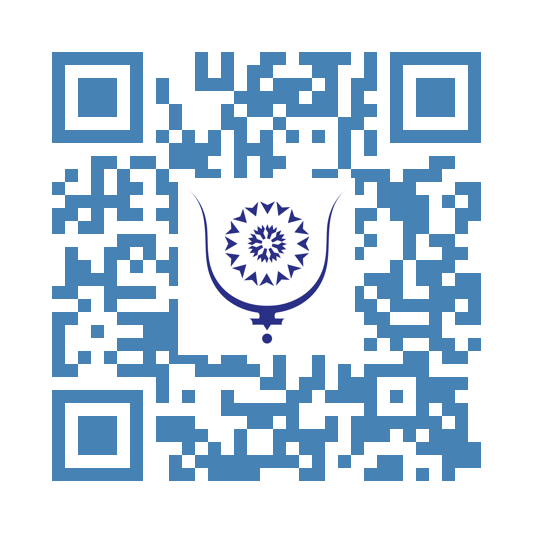Connect, Create, and Grow: Your Writing Future Starts Here
Join Bluwr’s private Discord for fast, honest feedback. Whether you’re sharing your first draft or looking to scale your following, get support tailored to your goals.

Pensez le Futur.
Dr. EL Mostafa Bourhim
46511
El mostafa Bourhim received his Ph.D in Industrial engineering, Virtual and Augmented Reality , Mohammadia School of engineers (EMI). His research interests include Virtual, Augmented and Extended Reality (XR). He also acts regularly as an expert reviewer for many international scientific reputed journals and conferences.

